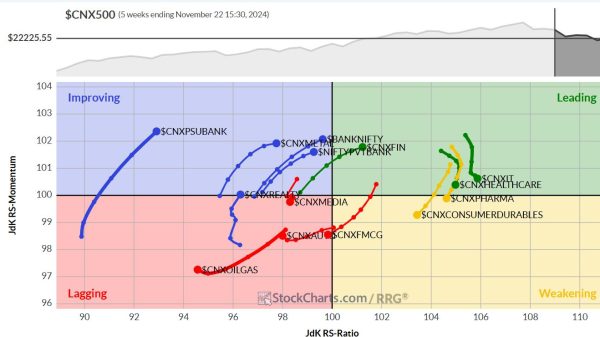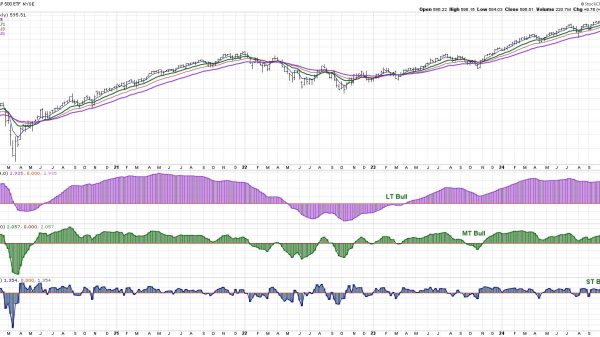Immigration and Customs Enforcement (ICE) recently responded to Rep. Tony Gonzalez’s (R‑TX) question on the number of noncitizen criminals on ICE’s docket for removal (deportation) from the United States. The data in the letter have blown up in a big way during the presidential election cycle, with former President Trump highlighting the letter’s contents at recent rallies and Vice President Harris struggling to respond.
Commentators focused on the letter’s claim that ICE did not detain 13,099 migrants convicted of homicide, but they tended to misunderstand the data. Even former President Trump distorted the evidence by claiming that the criminals all entered during the Biden administration. Those commentators and former President Trump are making several untrue claims about the new ICE data. The following will correct the record.
The first untrue claim about the data is that the 13,099 non-detained migrants convicted of homicide are free to roam the United States. That is not true. Migrants incarcerated for homicide are considered “non-detained” by ICE when they are in state or federal prisons. When ICE uses the term “non-detained,” they mean not currently detained by ICE. In other words, the migrant murderers included in the letter are overwhelmingly in prison serving their sentences. After they serve their sentences, the government transfers them onto ICE’s docket for removal from the United States.
The second untrue claim is that the small number of migrant murderers who are not in prison were released willy-nilly. This claim has been commonly leveled against President Biden and DHS Secretary Mayorkas. However, releases of criminal migrants fell after Biden took office compared to the Trump administration. U.S. law requires migrants who are convicted of homicide to be detained pending their deportation, but there are exceptions. The major one is for migrants who were convicted, served their time in prison, and are unable to be deported because there is no repatriation agreement with their countries of origin or they routinely violate those agreements. The U.S. does not have agreements or has limited agreements with Iran, Cuba, China, Vietnam, Laos, and more.
Many other countries like Venezuela periodically suspend their agreements for political reasons, or the United States government suspends deportations because of civil disorder in the destination country. The small number of non-detained migrants convicted of homicide who aren’t in prison because they served their time are mostly from one of those countries. Repatriation agreements are required because foreign governments do not have to accept their nationals back.
The government should remove migrants convicted of violent and property offenses from the United States. Still, the small number of non-detained migrants who served their sentences and were released from prison are from countries without a repatriation agreement.
The third untrue claim is that these 13,099 migrants convicted of homicide committed their crimes recently. Those migrant criminal convictions go back over 40 years or more. Confusion over the period covered by a dataset afflicts the interpretation of other criminal datasets too. If there really were 13,099 migrants convicted for domestic homicides in 2023, then they would have accounted for about 99 percent of all homicide convictions in the US last year despite being about 4 percent of the population. That is obviously not the case because no group of people is criminally overrepresented by a factor of 25 above their share of the population.
Even when the 13,099 homicide convictions of migrants are spread out over the entire Biden administration, migrants would have accounted for about one-third of all homicide convictions from 2021 through 2023. That’s obviously not true. The problem comes from erroneously increasing the numerator (the number of homicide convictions) for a single year and decreasing the denominator (the total number of homicide convictions in just one year) rather than spreading out the convictions and the total number of all murders over a 40-plus-year period.
Texas has the best criminal conviction data by immigration status. Illegal immigrants in Texas are about 7.1 percent of the population, but they accounted for just 5 percent of all homicide convictions in 2022. From 2013–2022, there were 472 convictions of illegal immigrants for homicide in Texas out of a total of almost 8,000 total homicide convictions. The state of Texas has the second-highest illegal immigrant population outside of California. It is not plausible that the migrants convicted of homicides were convicted for recent offenses unless illegal immigrants in Texas are radically less crime-prone than others.
Those 13,099 migrants convicted of homicides committed their crimes over the last 40 years or longer.
The fourth untrue claim about ICE’s data is that all these migrants were convicted for homicides committed in the United States. Some of them were, but many of them were convicted of homicide in other countries and then apprehended in the United States. They should be removed, but many of them are from countries without repatriation agreements.
Immigration data in the United States can be complex. ICE and other government agencies use terms in ways that are confusing to the general public, commentators, Presidential candidates like Donald Trump, and immigration experts. The best way to interpret these data releases is to first define the terms like “non-detained” before jumping to conclusions.
More importantly, do these newly released ICE data show that illegal immigrants are more likely to be murderers than others? No, these ICE data do not show that illegal immigrants are more likely to commit homicide than native-born Americans.
Assuming all the migrants convicted of homicide committed their crime in the US (a major assumption that biases the calculation against my research), they are responsible for about 1.6 percent of all homicides during that time while being about 3.1 percent of the population. Assuming a homicide clearance rate of 65 percent over those 40 years, they are still responsible for less than 2.5 percent of all homicides under assumptions that maximize their domestic criminality.
In other words, the ICE data confirm that illegal immigrants account for a smaller share of convicted murderers than their share of the population would suggest.






















